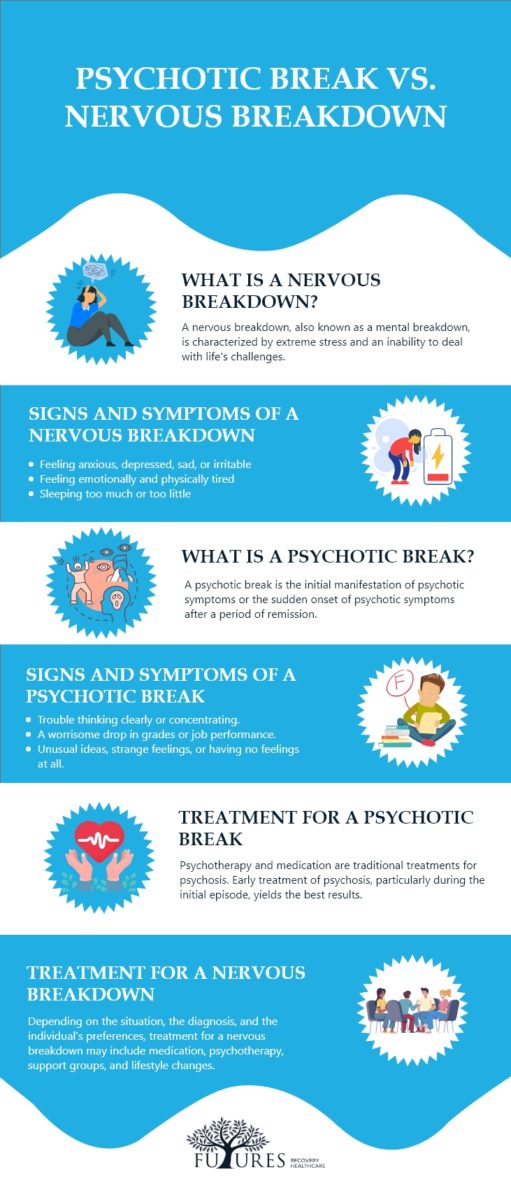

Psychosis occurs in a variety of mental and physical disorders, so it is often difficult to know what has caused a first episode. cognitive symptoms, such as difficulties with attention, concentration and memory.difficulty with generating ideas or thoughts.restricted emotional and facial expression.Negative symptoms involve normal functioning becoming lost or reduced. disorganized speech, thoughts or behaviour (e.g., switching rapidly between subjects in speaking finding it hard to concentrate or follow a conversation being unable to complete everyday tasks).hallucinations (hearing, seeing, tasting, smelling or feeling something that is not actually there).delusions (false beliefs that are firmly held and are out of keeping with the person’s culture).Positive symptoms are those that add to or distort the person’s normal functioning. The symptoms of psychosis are often categorized as either “positive” or “negative.”

Psychosis can come on suddenly or can develop very gradually. The experience of psychosis varies greatly from person to person. Psychosis affects the way a person thinks, feels and behaves. Delusional disorder: This type of psychosis consists of very strong, fixed beliefs in things that are not true, without the presence of hallucinations.It is sometimes triggered by a major stress in the person's life, such as a death in the family. Brief psychotic disorder: This type of psychosis usually lasts less than a month.Organic psychosis: Sometimes, symptoms of psychosis may appear as a result of a physical illness or a head injury.Drug-induced psychosis: The use of drugs such as cannabis, cocaine, ecstasy, ketamine, LSD, amphetamines and alcohol can sometimes cause psychotic symptoms.Depression with psychotic features: A person has severe depression and symptoms of psychosis without the mania associated with bipolar disorder.Schizoaffective disorder: A person will have symptoms of schizophrenia and, at some point in the course of illness, concurrent symptoms of a mood disturbance.Bipolar disorder: With this type of illness, the symptoms of psychosis relate more to mood disturbance than to thought disturbance.Schizophreniform disorder: A person has some psychotic symptoms for more than one month and less than six months.Schizophrenia: A person has some psychotic symptoms for at least six months, with a significant decline in the ability to function.This suggests that women's hormones may in some way affect psychosis.Ī number of mental illnesses can include psychosis as a symptom, including: These times are before their period is due, after childbirth and around menopause. However, there are times when the risk of relapse for women is greater. On the whole, women respond better than men to most treatments. Psychotic illnesses seem to affect women at a later age than men, when women may be farther along in their social and work lives. Psychosis usually first appears in a person's late teens or early twenties. Psychosis affects men and women equally and occurs across all cultures and socioeconomic groups. A first episode of psychosis is often very frightening, confusing and distressing, particularly because it is an unfamiliar experience.Ībout three out of every 100 people will experience an episode of psychosis in their lifetime. When this occurs, it is called a psychotic episode.

The word psychosis is used to describe conditions that affect the mind, in which people have trouble distinguishing between what is real and what is not.


 0 kommentar(er)
0 kommentar(er)
